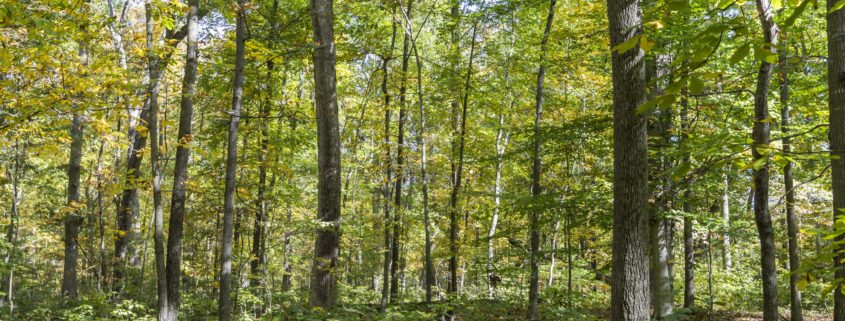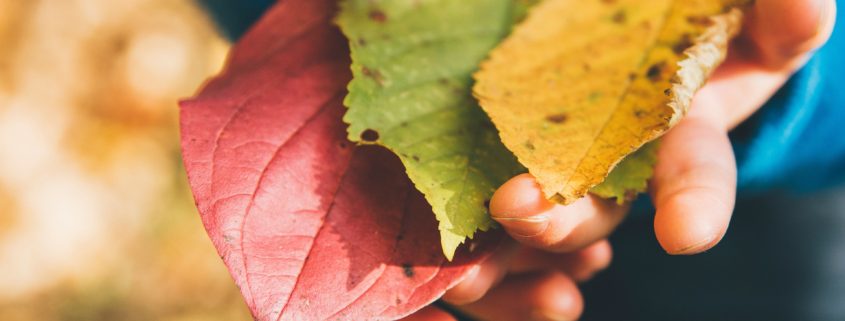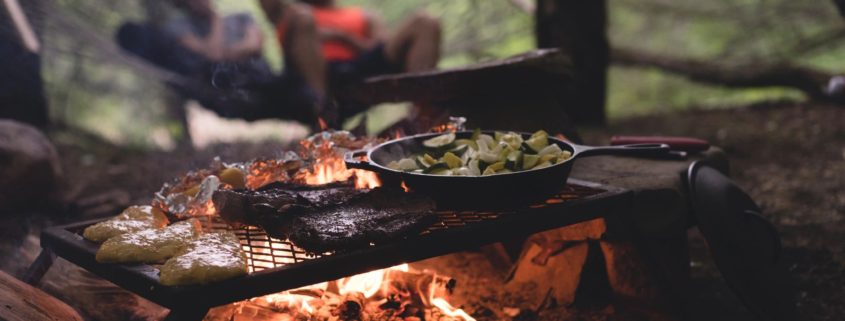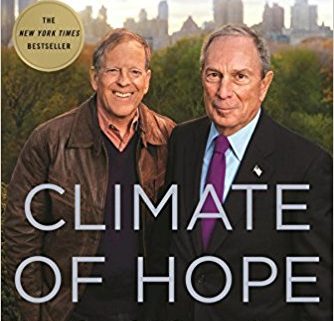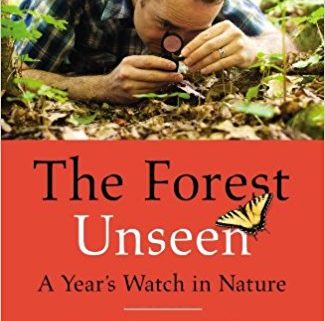Reviewed by Ann DiFiore
A square meter of Tennessee forest can give us insights into all forests.
This is the premise of The Forest Unseen: A Year’s Watch in Nature (2012, 288 pp). Haskell, Professor of Biology at Sewanee, the University of the South, visits a corner of old growth forest every few days over the course of a year to record his observations. Inspired by the intricate sand paintings, or mandalas, created by Tibetan monks to represent the cosmos, Haskell lays down a hula hoop to mark the boundaries of his mandala. Armed with a hand lens, he uncovers within this microcosm stories of creation, evolution, adaptation, life unexplored, and man’s relationship to the natural world.
For Master Naturalists, this book deserves a place of honor on our bookshelves, alongside A Sand County Almanac and other classics of ecology/natural science. Through Haskell’s penetrating lens, readers are able to see and appreciate the often unseen organisms that populate the forest’s soil and upper layers. He then switches to a wide-angle lens, educating the reader on larger ecological issues and emphasizing always the interconnectedness of life on our planet.
In his January 1 entry, “Partnerships,” Haskell discusses the amazingly successful union of fungi and algae—the “world-conquering” lichens and the first living thing he encounters in the mandala. Lichens cover 10% of the earth’s surface. How symbiotic relationships push evolution forward–microbes living in digestive tracts, the interdependence of fungi and plants—is a recurring theme in the book.Humans, he notes wryly, “… are lichens on a grand scale” (p. 5).
A sense of humor infuses his writing. In “Faces,” he reluctantly confesses to finding a trio of young raccoons adorable (naturalists aren’t supposed to make such judgments)—and then analyzes human responses to animals. In “Earthstar” he debates removing golf balls from the mandala and decides to allow geological forces to return them to their elements, reminding us that humans are part of nature and “our biggest failing is a lack of compassion for the world, including ourselves” (p. 158).
Haskell’s sense of wonder at nature’s ingenuity and variety is evident in each entry. The firefly’s incandescence, the turkey vulture’s ability to destroy anthrax bacteria and cholera viruses through digestion, the snail’s reproductive strategies—fascinate him, and his enthusiasm is infectious.
Haskell takes the scientific community to task for its alarm cry that the recent rise in deer population is ruining our forests. He argues that historical and archaeological records point to deer being plentiful inhabitants until the 1800s, when they had been extirpated. “The deerless forests of the early and mid-1900s were aberrations” (p. 31). For 50 million years, large mammalian browsers—wood bison, oxen, tapirs, peccaries, herbivorous bears, and mastodons—feasted on forests until they were hunted into extinction. Only the deer remain. In “Flowers,” he credits deer for dispersing wild flowers from their post Ice Age home along the Gulf Coast across the continent, arguing that ants who travel little more than a few feet from their nests would not have been able to accomplish the task so quickly.
The author laments that while science informs and educates us, it does not help us “listen” to nature. In “Epilogue,” Haskell urges us to create our own mandalas for ecological exploration. His advice: To leave behind expectations and to be present—see, listen, smell—and return, over and over again.
“The desire to name, understand, and enjoy the rest of the community of life is part of our humanity. Quiet observation of living mandalas offers one way to rediscover and develop this inheritance” (p. 245).
Want to review a resource? We’d love to hear from you. Instructions for submission await your click and commitment.



